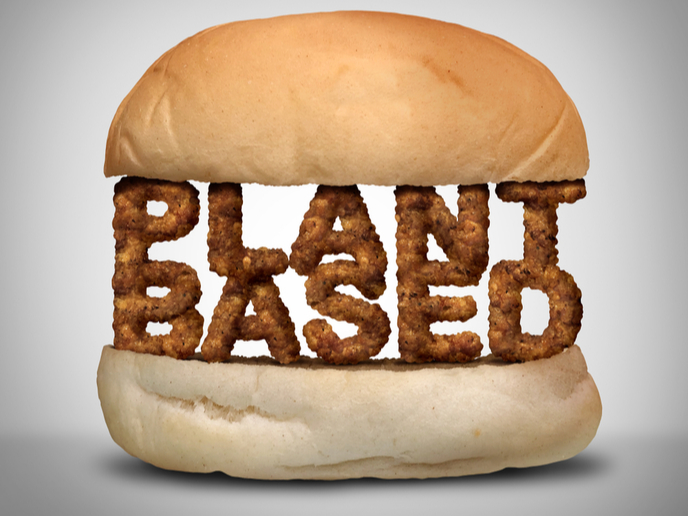Sustainable, slaughter-free meat removes need to kill animals
Producing animal protein by cell culture in a controlled environment, known in the industry as ‘cultivated meat’, uses no antibiotics and hormones and has none of the animal welfare or environmental issues associated with factory farming. “Our technology uses animal cells to grow meat without the need to slaughter the animal or have a lot of animals to produce meat,” says Meat4All project coordinator Iñigo Charola, co-founder and CEO of BioTech Foods(opens in new window) in San Sebastian, Spain. A small sample – a biopsy – is taken from a healthy animal. The muscle cells are then isolated and cultured in an industrial environment that replicates the conditions of those cells in the living animal. This involves maintaining animal temperature – 37 °C, feeding with minerals, vitamins and amino acids and providing oxygen – all this without harming or stressing the cells. “Nutritionally speaking, muscle provides the protein,” Charola explains, adding: “Once you isolate those cells, you can use them to produce meat for a long time.” “When you replicate the same conditions as in the animal, the cells do what they are programmed to do – to grow and then to differentiate into muscle. We then harvest it as a product that can be transformed into consumer products like burgers, sausages, nuggets and other formats that have the flavour and texture of traditional meat.”
Manufacturing scale at an affordable price
Prior to the EU-funded Meat4All project, most components used to feed the cells were expensive and mainly used in the pharmaceutical industry. “But we were able to find alternative ingredients for the culture media which feed the cells and were food-grade instead of pharma-grade. Working on culture media formulations allowed us to dramatically decrease the cost,” Charola says. Having shown this works in a pilot plant, BioTech is investing EUR 36 million in a new plant in San Sebastian where production will begin in 2024 followed by the commercial launch. The aim is a production capacity of 4 000 tonnes per year of cultivated meat, he adds.
Sustainability advantages
Meat cultured in an environment without contact with animals avoids animal-transmitted diseases and the use of antibiotics. It also requires many fewer animals, which is better for the planet. “Meat production puts strong demand on natural resources – 38 % of the world’s habitable land is used for feeding animals and that’s not sustainable at all,” notes Charola. “To produce one kilogramme of beef requires around 15 415 litres of water for the whole production cycle, including everything you feed the animal. It is estimated we will need 90-95 % less water to produce [cultivated] meat.” The Food and Agriculture Organization FAO(opens in new window) of the United Nations notes that animal agriculture is responsible for 14.5 % of the world’s total greenhouse gas emissions, mainly methane. Cultivated meat can reduce this. “We don’t have the animal, just the cells, so there is no methane produced by enteric fermentation,” says Charola.
Acceptable to consumers?
Market research in many countries has found that younger people are willing to accept new technologies that contribute to more sustainable food production. But today, cultivated meat products are only authorised in Singapore. With restrictions on large-scale production in many regions, consumer taste tests have not yet been done on this or other EU-funded cultivated meats such as those connected with the CULTURED BEEF project and CCMeat project. “Food can only be successful when it meets two criteria – you like what you eat and you can afford it,” according to Charola. Beyond that, for novel foods to be accepted, “it is important to communicate transparently, so consumers have all the information about the benefits.”







